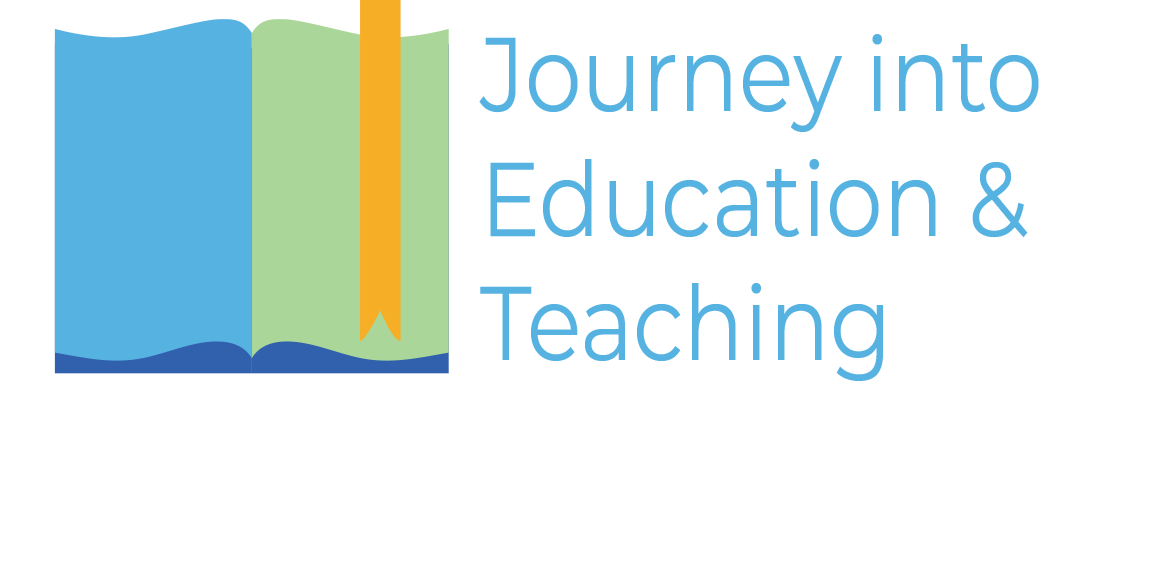Cohort Learning: Why It Works
Learning cohorts are defined as groups of students that learn, collaborate, and support one another as they journey through an educational experience. JET has designed its program around the cohort model, understanding that students who learn together naturally form support networks (Mattson-Gearhart), which can be especially beneficial for non-traditional, older, and part-time students who may not be as connected to a university as their younger, full-time peers (Reynolds & Hebert). As an intern for JET, I was eager to see the model in action.
Walking into the Shelburne Community Center in Roxbury, I made my way up to JET’s monthly meeting. It is a time for the busy cohort members diligently working as paraprofessionals in their respective Boston Public Schools and as students in colleges across the Boston area to come together, to share learning, to celebrate growth, and to plan next steps. It is a time to reflect and learn from one another as they navigate through coursework and MTELs on their educational journeys to earn Bachelor’s degrees and teacher licensure. Looking forward to being a part of the experience for the first time, I eagerly entered the room, finding myself greeted by a myriad of voices calling out hello and welcoming me into the space. I set down my things, while catching snippets of the conversations happening around me:
“How are things going in your classroom?”
“Congratulations on almost being ready to graduate! What will you be doing next?”
“How is your daughter doing?”
“Are you enjoying working with the new principal in your school?”
The conversation ebbed as Angie, the program coordinator, began taping signs to our backs to begin the team building ice breaker. Our goal was to ask a yes or no question to everyone in the room one time in order to figure out what word was written on our back. The movement in the room increased as the cohort and leaders rushed around trying to figure out their word. Half focused on figuring out my word and half focused on observing the group, I noticed the cohort working together, providing encouragement, laughing, and problem solving together to attempt to figure out the words.
As guest speaker, Casel Walker, began her segment of the meeting, the cohort settled in attentively and began engaging in reflective conversation. They listened to one another with enthusiasm and without judgement, and they offered one another thoughtful advice, commentary, and probing questions drawn from their experiences ranging from 2-16 years as paraprofessionals across the city. I sat in awe of the support network the JET program had created for these soon to be teachers who otherwise may never have crossed paths among Boston’s 125 public schools. I saw telephone numbers exchanged and meet-ups arranged for the next Boston Teachers Union meeting, clear evidence that this cohort facilitates students forming support networks that “provide encouragement and emotional assistance during and after the experience” (Ross, Stafford, Church-Pupke, & Bondy).
The research shows that non-traditional students participating in a cohort receive more guidance, encouragement, and assistance than students who are in a program not utilizing a learning cohort model and this support can “positively influence an individual's commitment to complete a graduate program” (Mattson-Gearhart). JET is no exception. The program has already proven its effectiveness as 68% of their participants graduate versus 30% of their college peers. By utilizing cohorts, JET is setting up the paraprofessionals to be exceptional teachers who model what it is to be a colleague, teammate, and leader in their professional school setting.
ReferencesMather, David, & Hanley, Betty. (1999). Cohort Grouping and Preservice Teacher Education: Effects on Pedagogical Development. Canadian Journal of Education, 24(3), 235-50.
Mattson-Gearhart, J. (2012). Graduate cohort approach in teacher education (Order No. 3515364). Available from ProQuest Dissertations & Theses Global. (1021955749).
Reynolds, K. C. & Hebert, F. T. (1995). Cohort formats and intensive schedules: Added involvement and interaction for continuing higher education. The Journal of Continuing Higher Education, 43(3), 34-41.
Ross, D. D., Stafford, L., Church-Pupke, P., & Bondy, E. (2006). Practicing collaboration: What we learn from a cohort that functions well. Teacher Education and Special Education, 29(1), 32-43.

